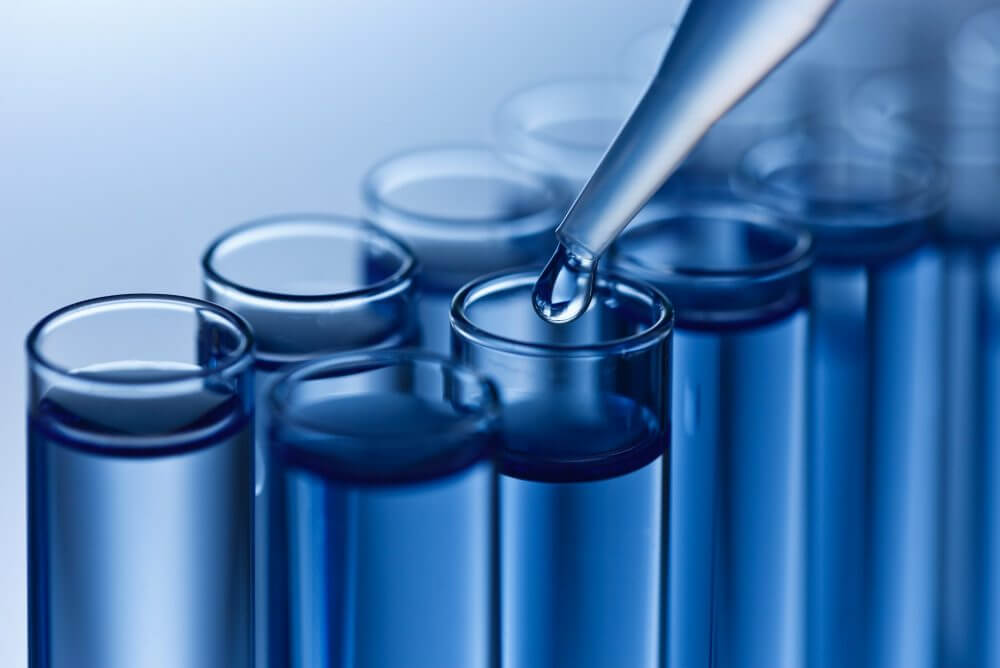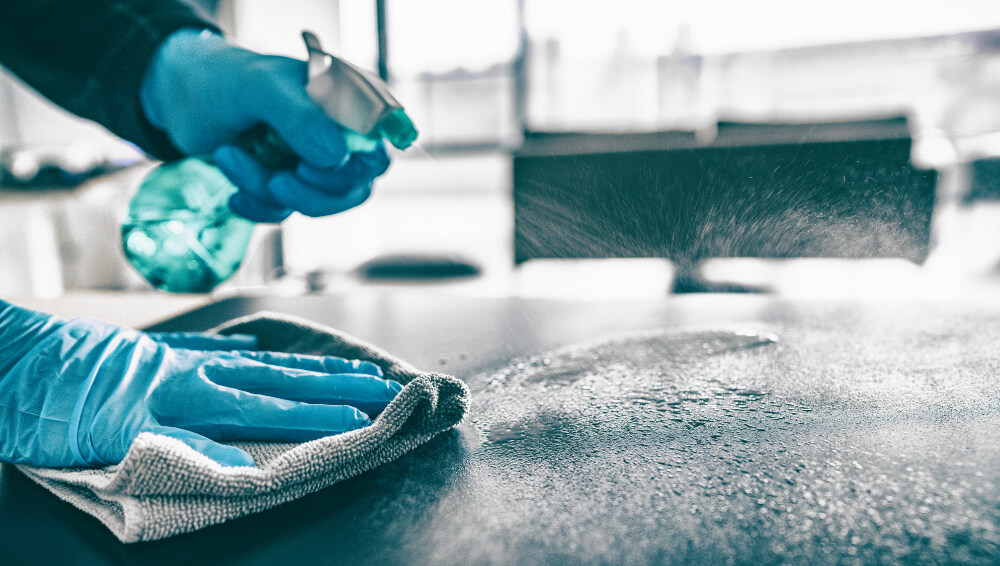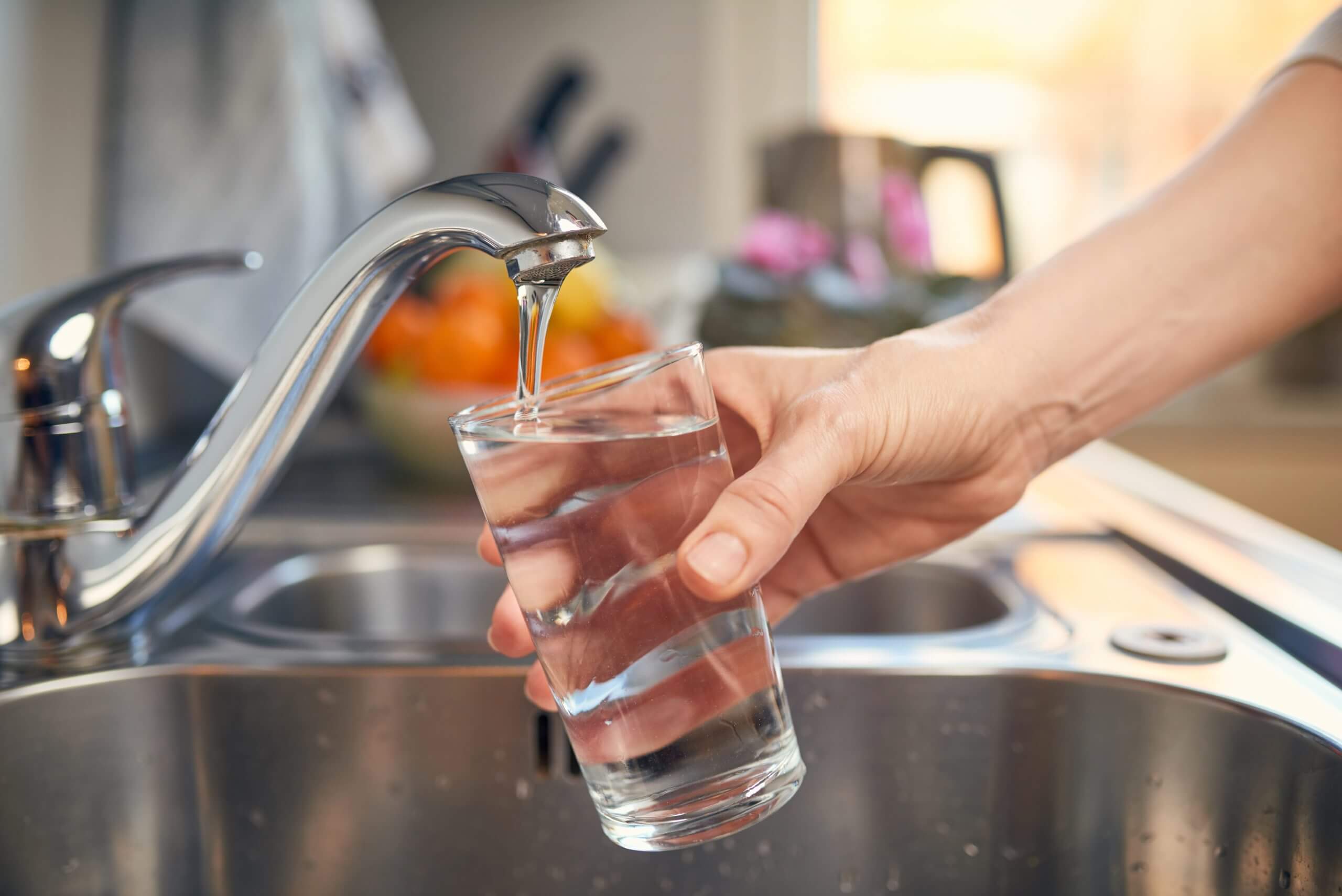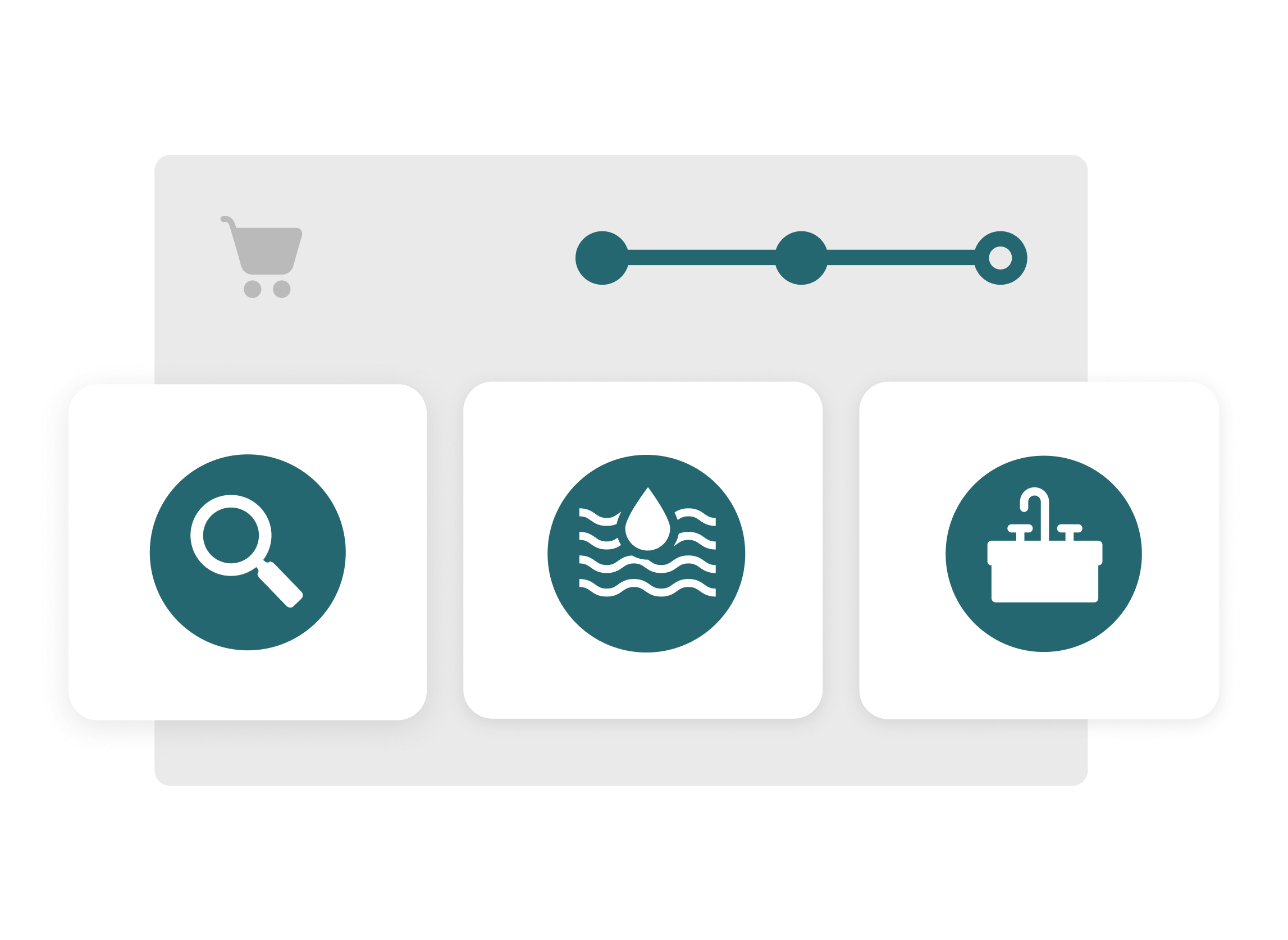What Are PFAS and How Can I Remove Them From My Water?
Some water contaminants are easy to identify by smell or taste — chlorine, sulfur and iron are common culprits. Some you can identify by discolored water, but others are much more insidious and difficult to detect. One such category of chemicals is known as PFAS, or per- and polyfluoroalkyl substances. You might have heard of the term “forever chemicals,” which refers to these man-made substances that were created to be incredibly resilient and used for an enormous number of consumer products including nonstick pans, makeup, food packaging, insulation and more.

Some water contaminants are easy to identify by smell or taste—chlorine, sulfur and iron are common culprits. Some you can identify by discolored water, but others are much more insidious and difficult to detect. One such category of chemicals is known as PFAS, or per- and polyfluoroalkyl substances. You might have heard of the term “forever chemicals,” which refers to these man-made substances that were created to be incredibly resilient and used for an enormous number of consumer products including nonstick pans, makeup, food packaging, insulation and more.
A study by the scientists at the Environmental Working Group found that more than 200 million Americans most likely have PFAS in their drinking water. So, what are PFAS? Are they dangerous, and if so, what are the health effects, and how do you protect yourself from exposure? Find answers by reading on.
What are PFAS?
PFAS are man-made chemicals designed to endure extreme heat, water and oil. In short: they’re designed to be nearly indestructible and can last thousands of years. According to the Centers for Disease Control and Prevention (CDC), more than 9,000 synthetic chemicals are classified as PFAS with at least 4,700 available for commercial use in applications. Since their invention in the mid-20th century, PFAS have been added to an almost unending list of consumer products, ranging from stain removers to pizza packaging. Because of their widespread use, almost everyone has been exposed to these chemicals.
What are PFAS found in?
- Nonstick cookware
- Fire fighting foams
- Household cleaners
- Stain-resistant carpets
- Hairsprays and other cosmetic items
- Water resistant clothing
- Fast food packaging

Is PFOA the same as PFAS?
PFOA (perfluorooctanoic acid) is a man-made chemical created by 3M in the 1940s that was later sold to chemical manufacturer DuPont. It falls under the umbrella term of PFAS, a category used to describe a variety of man-made chemicals of similar makeup and application. PFAS:
- Do not biodegrade
- Can move through water and soil, contaminating community resources
- Bioaccumulate in people and wildlife
PFOA, used for decades in Teflon items manufactured by DuPont, was used in hundreds of consumer products including carpets, cardboard, cookware, waxes, waterproof clothing, and more from the 1950s until 2015. As a result of widespread use, PFOA has become a common water contaminant throughout parts of the United States due to manufacturing plant leaks that end up seeping into local water supplies.
PFOA stands out from other PFAS because of its long-documented effects on health. PFOA was the subject of a 2001 class lawsuit that charged DuPont with contaminating water sources in Ohio and West Virginia. A PFOA leak occurred from a DuPont plant and eventually was linked to six diseases including kidney cancer. DuPont and Chemours, a spin-off of DuPont, settled for more than $670 million in 2017. Eventually, PFOA was phased out of production, but due to the deliberate resilience of the chemical, it will continue to linger in water supplies, ecosystems and human bloodstreams for generations to come.
More recently, a 3M settlement generated headlines in the Upper Midwest. The Minnesota-based organization settled a lawsuit in 2018, paying $850 million to the state of Minnesota due to the company dumping PFAS in landfills east of St. Paul, Minnesota, which later leached into groundwater throughout parts of the east metro area.
Are PFAS Dangerous?
PFAS, including PFOA, have all been linked to a variety of health conditions. Unfortunately, even low doses of these PFAS have been linked with the following health effects:
- Endocrine disruption
- Birth defects
- Liver damage
- Weakened immune system
- Testicular, kidney, liver and pancreatic cancer

Even though PFOA is no longer in production, other PFAS—like GenX and PFBS—have taken its place. Because PFAS are so widely used in manufacturing, it’s estimated that 99% of Americans have a measurable amount of PFAS in their bloodstreams. In the case of GenX, the Environmental Protection Agency (EPA) released a report in 2021 confirming through animal testing that GenX causes negative health effects on the liver, kidneys, the immune system, development of offspring, and is associated with certain types of cancers. There are red flags with PFBS (perfluorobutanesulfonic acid) too, as it’s associated with harming the thyroid and kidneys.
As you can see, while the production of some legacy PFAS, such as PFOA, has been halted, new chemicals are taking their place that pose significant danger to public health. So, how can you eliminate PFAS found in your drinking water?
How to remove PFAS in drinking water
If you live near a manufacturing facility that produced or worked with legacy PFAS—like PFOA or PFOS (perfluorooctanesulfonic acid)—or if the plant works with PFAS like GenX that are currently in production, you should take extra precautions with your drinking water. Since the United States government has been slow to initiate widespread cleanup efforts, and state governments are not in alignment on what is acceptable for PFAS contamination and consumption levels, it’s up to individuals to take matters into their own hands.
Right now, the vast majority of water treatment systems are not capable of filtering PFAS from drinking water. Further, some wonder if PFAS can even truly be filtered out of water. There is a bit of good news here. Some reverse osmosis filtration systems can significantly reduce the amount of PFAS found in home water.
Reverse osmosis systems work a little differently than other under sink or whole home filters. Learn how they use sophisticated technology to provide thorough filtration.
READ MOREHow do select RO systems reduce PFOA and other PFAS from home water?
Reverse osmosis systems use a powerful 3-stage filtration process that moves water through a carbon pre-filter, a semipermeable membrane and a post-filter. This advanced water filtration process relies on the sophisticated, semipermeable membrane and high-performance carbon blocks to reduce the most severe contaminants such as PFAS, chlorine, sediment, microbial cysts and lead from your home water supply. Clean water is directed into a storage tank, ready for use, while the waste water is flushed away.
Get More Information
If you’re concerned about PFOA or other PFAS contaminating your drinking water, it may be time to invest in a filtration system specifically designed to reduce these harmful contaminants. However, it’s important to understand that not all RO systems are certified to reduce PFAS. EcoPureHome is proud to offer an RO system that is certified to reduce PFAS: The Brita Total 360 Reverse Osmosis Drinking Water Filtration System. This product, which installs directly under your sink to provide safer, clean water right to your tap, is NSF-certified to reduce up to 97 percent of PFOA and PFOS.
Enjoy safer water with a filtration system designed to target PFAS
Reduce PFOA and PFOS from your cooking and drinking water with the Brita Total 360 RO System.
Shop Brita Total 360